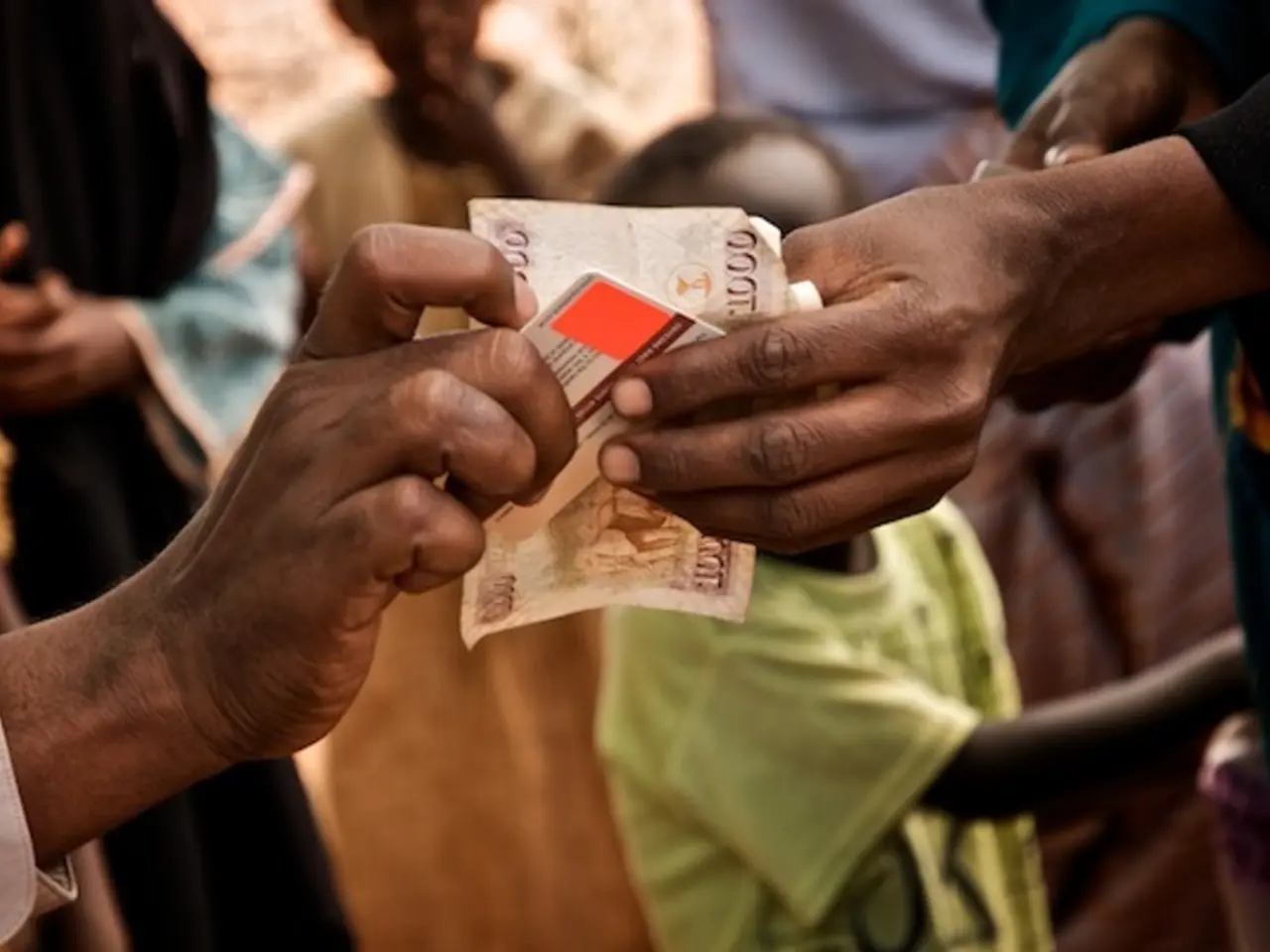Comparison of Citi Double Cash Card and American Express Blue Cash Everyday Card, Exploring Key Differences
News Article: Citi Double Cash Card and Amex Blue Cash Everyday Card Compared
The world of credit cards can be a complex one, but two popular options, the Citi Double Cash Card and the Blue Cash Everyday Card from American Express, offer simplicity while catering to different spending habits.
The Citi Double Cash Card stands out for its straightforward rewards system. Cardholders earn a flat 2% cash back on every purchase: 1% when they make the purchase and 1% when they pay for it. This makes it an ideal choice for users who want rewards without the hassle of tracking spending categories.
One of the card's advantages is its lack of an annual fee, making it cost-effective for people who want rewards without added costs. It also offers a sign-up bonus of $200 cash back after spending $1,500 in the first 6 months. Additionally, it provides 5% back on travel bookings via Citi Travel portal, offering extra rewards for travel spending. However, it lacks bonus categories for groceries, gas, or streaming, which may limit cash back potential on these everyday spending categories compared to cards with tiered rewards.
On the other hand, the Blue Cash Everyday Card from American Express offers a tiered reward system that can yield higher returns on common daily expenses. It provides 3% cash back at U.S. supermarkets, gas stations, and online retailers, up to $6,000 per year, then 1%. This makes it a strong choice for users with significant spending in these categories. The card has no annual fee, making it more accessible than the Blue Cash Preferred card, which has a high fee but stronger tiered rewards.
However, the rewards are capped at $6,000 in the 3% categories annually, after which the cash back rate drops to 1%. This means that users spending more than $6,000 in these categories may not benefit from the higher cash back rate.
When traveling more than 100 miles from home, the Amex Blue Cash Everyday card offers 24/7 access to a Global Assist Hotline for emergency assistance. It also provides secondary car rental insurance with access to Premium Protection.
In summary, the Citi Double Cash Card offers a simple and consistent 2% cash back with no caps or category tracking, making it a good choice for users who prefer straightforward rewards. The Amex Blue Cash Everyday Card, on the other hand, excels on grocery, gas, and online shopping with its 3% categories, making it a better choice for users with significant spending in these categories.
| Feature | Citi Double Cash Card | Blue Cash Everyday Card (Amex) | |----------------------------|-----------------------------------------------|------------------------------------------------| | Annual Fee | $0 | $0 | | Rewards Rate | 2% flat cash back on all purchases | 3% back on supermarkets, gas stations, online retail (up to $6,000/year), then 1% elsewhere | | Bonus Categories | 5% on travel bookings via Citi Travel | 3% in key everyday categories | | Rewards Structure | Simple flat-rate + pay-off bonus | Tiered with caps | | Sign-Up Bonus | $200 after $1,500 in 6 months | $200 after $2,000 in 6 months | | Ideal For | Users wanting simplicity and broad rewards | Users with significant supermarket, gas, online spending | | APR Intro Offers | 0% on balance transfers (18 months), none on purchases | 0% intro APR on purchases and balance transfers (15 months) |
The choice between these two cards depends on your spending pattern. If groceries and gas are major expenses, the Amex Blue Cash Everyday Card's tiered approach may be better. If you prefer straightforward cash back on all spending, the Citi Double Cash Card's flat 2% is advantageous. Both cards have no annual fee, so cost is not a differentiator, but the Citibank card's 5% travel portal rewards may add extra value if you book travel often.
- The choice between the Citi Double Cash Card and the Blue Cash Everyday Card from American Express largely depends on one's spending patterns, as the Citi card offers a flat 2% cash back on all purchases, while the Amex card provides higher returns on groceries, gas, and online shopping.
- When prioritizing personal financial management and a straightforward rewards system, the Citi Double Cash Card might be more advantageous due to its simple flat-rate rewards and lack of category tracking.
- In contrast, the health of the banking and insurance industry significantly influences the choice of cards, as some providers offer additional perks such as travel insurance and emergency assistance when traveling.
- Regarding business operations and the broader financial industry, understanding the intricacies of credit card rewards systems can lead to the strategic allocation of funds, maximizing returns on business expenditures, and ultimately contributing to the overall growth of a company.




